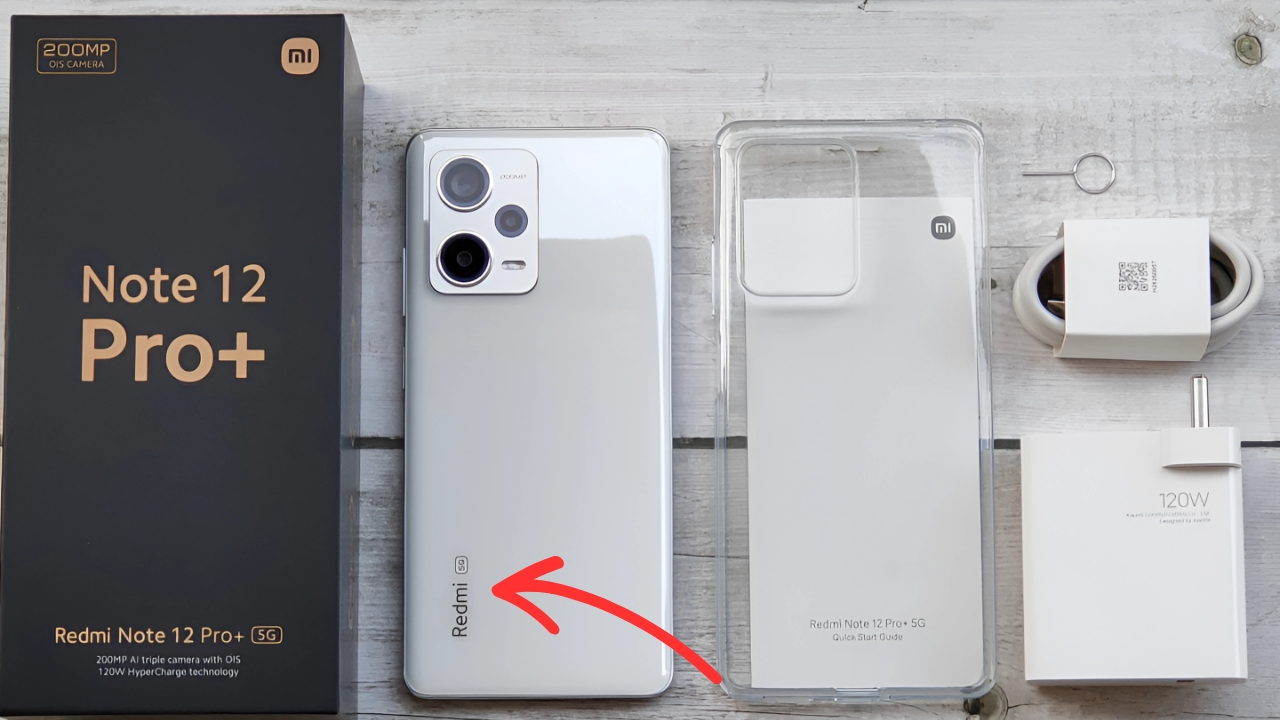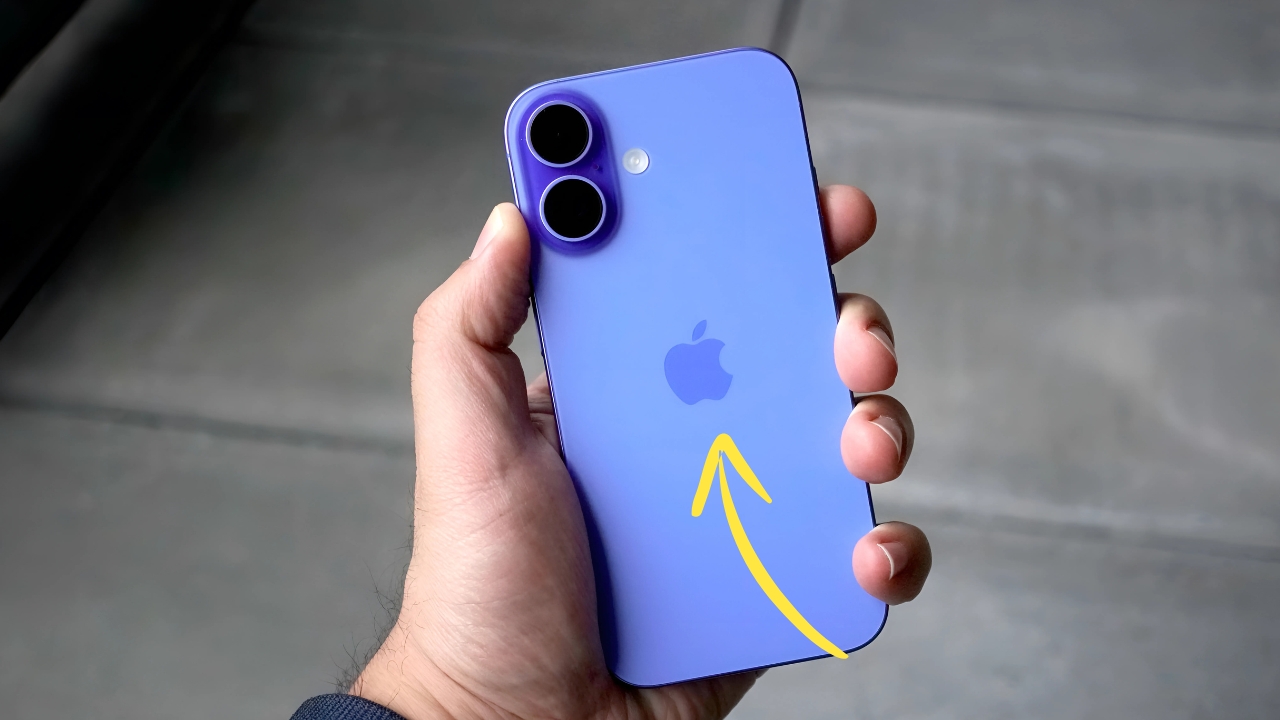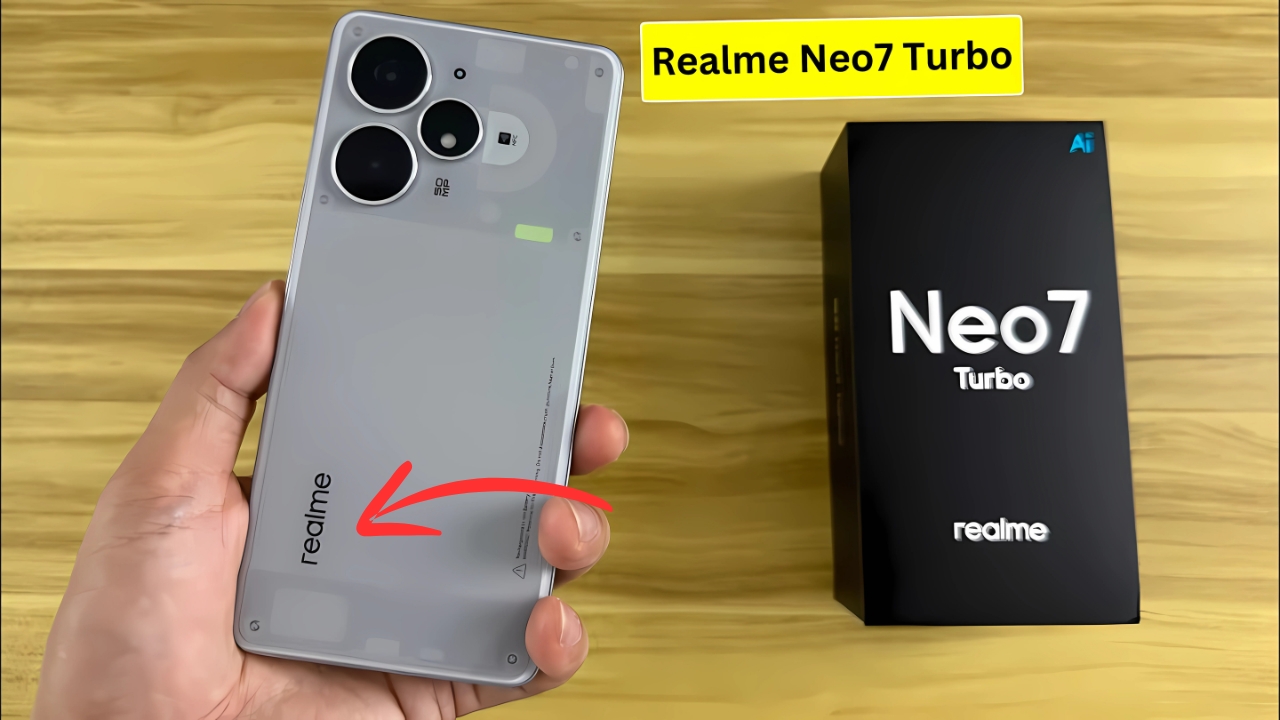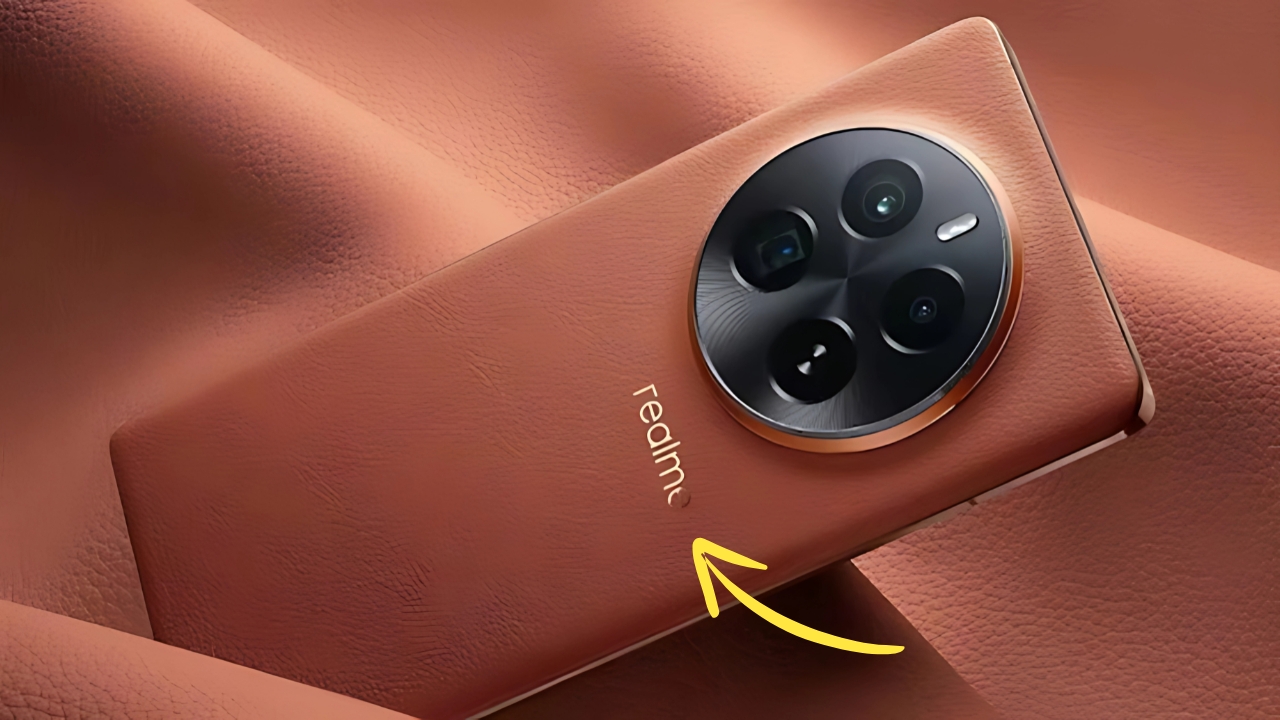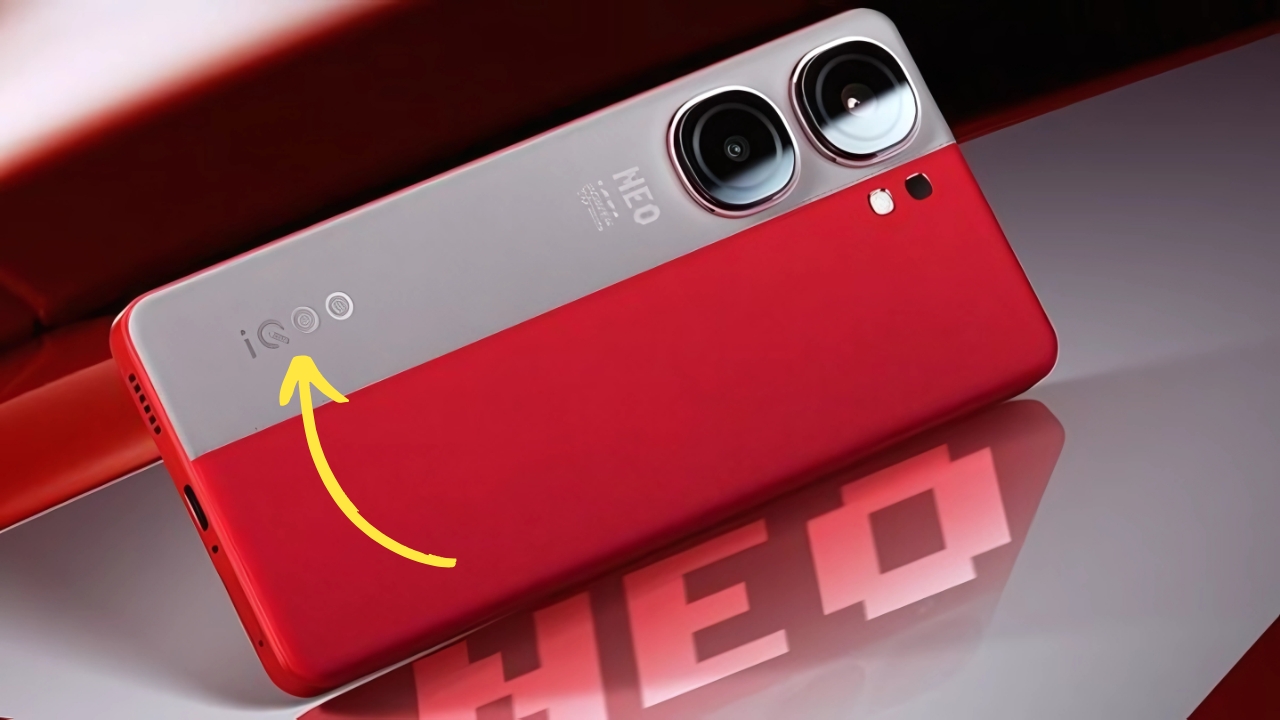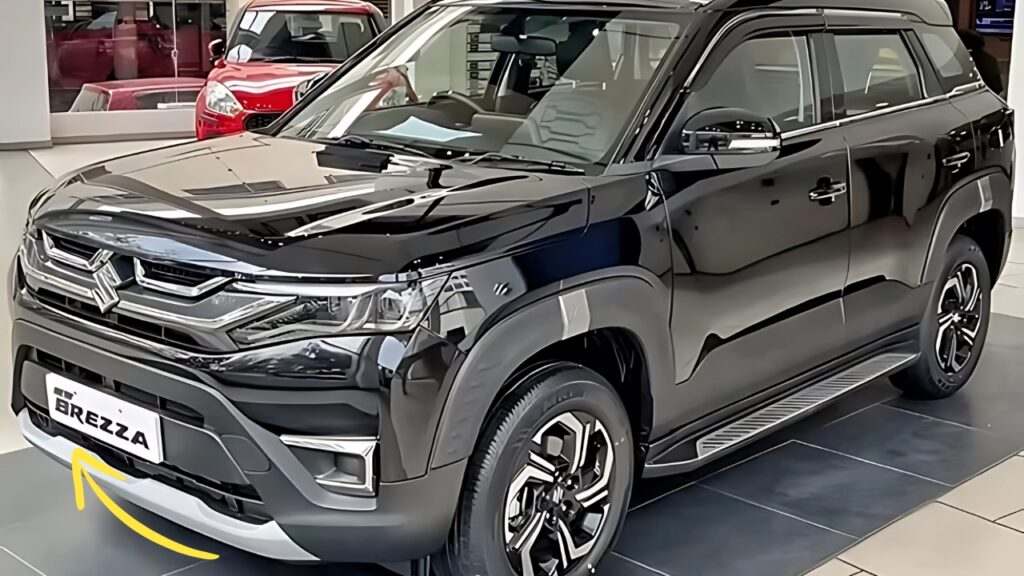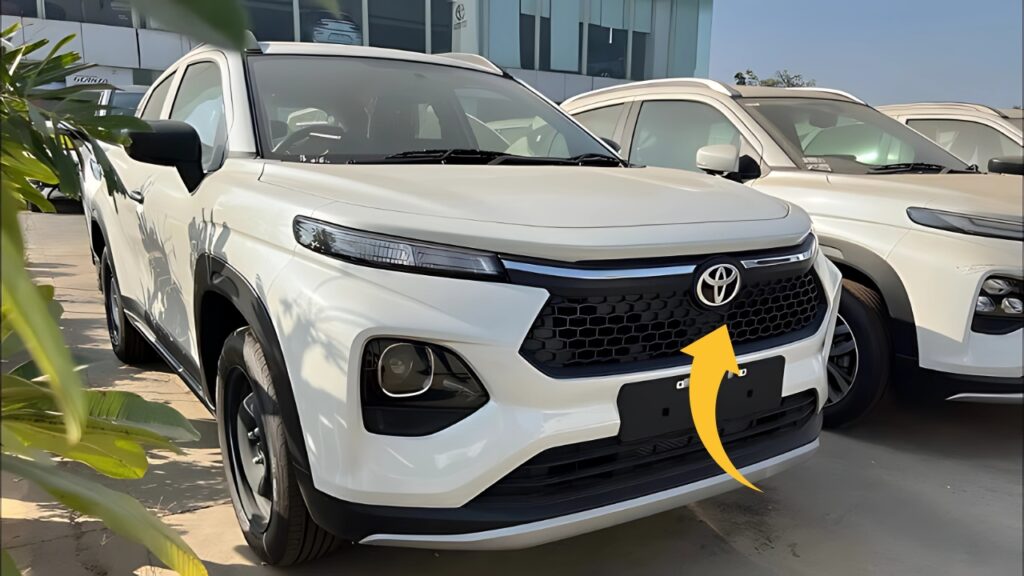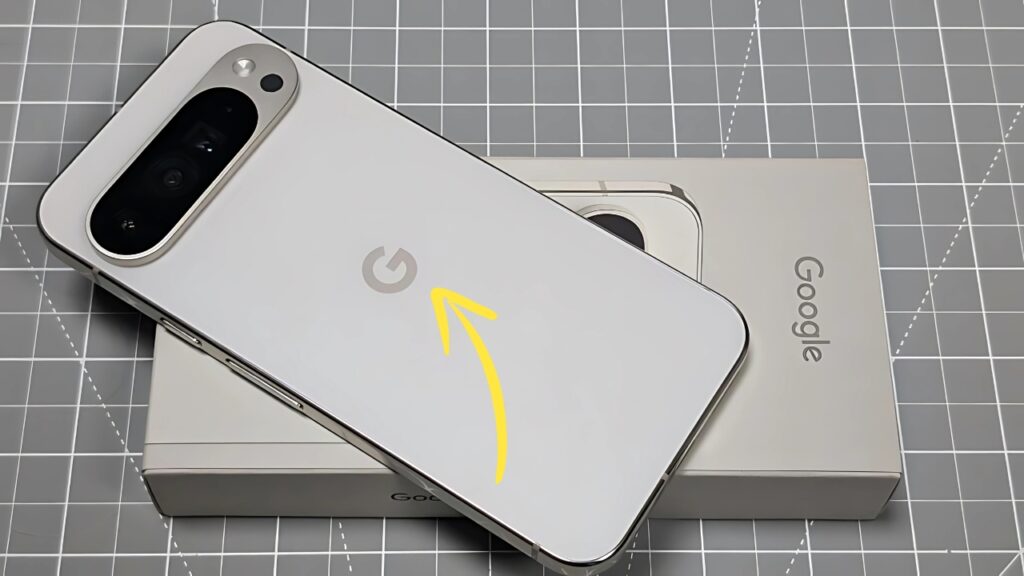Redmi 12 Pro: In the increasingly crowded mid-range smartphone market, manufacturers face the challenging task of delivering devices that offer meaningful value while maintaining attractive price points.
Xiaomi’s sub-brand Redmi has consistently excelled in this balancing act, and the Redmi 12 Pro represents their latest attempt to push the boundaries of what consumers can expect from a device in this segment.
After spending three weeks with this phone as my daily driver, I’ve developed nuanced insights into its capabilities that go beyond what specification sheets might suggest.
Redmi 12 Pro: Design: Premium Aesthetics Meet Practical Durability
The first thing that struck me when unboxing the Redmi 12 Pro was how it defies the budget-oriented expectations typically associated with the Redmi brand.
The phone features a glass back with a subtle matte finish that both reduces fingerprint smudges and provides a premium in-hand feel.
My review unit came in the “Midnight Blue” colorway, which shifts between deeper navy and brighter azure tones depending on how light hits it—an effect that looks considerably more upscale than the price tag would suggest.
The frame maintains an aluminum construction that adds to the premium feel while enhancing durability. At 8.1mm thick and weighing 187 grams, the 12 Pro strikes a comfortable balance—substantial enough to feel well-built but not so heavy as to cause fatigue during extended usage.
The weight distribution deserves specific mention, with the phone feeling balanced rather than top-heavy as some camera-focused devices tend to be.
Button placement follows conventional wisdom with the power button and volume rocker on the right edge, positioned perfectly for thumb access. The power button doubles as a fingerprint scanner and sits at a natural position for right-handed users.
During my testing, this side-mounted sensor proved consistently reliable, recognizing my fingerprint correctly about 95% of the time even with slightly damp fingers.
The bottom edge houses the USB-C port flanked by a speaker grille and SIM tray, while the top edge contains a 3.5mm headphone jack, IR blaster, and secondary speaker.
The inclusion of both the headphone jack and IR blaster deserves praise, as these practical features are increasingly rare even in mid-range offerings.
Perhaps most surprising is the IP53 rating for dust and splash resistance. While not sufficient for submersion, this provides peace of mind against rain splashes and everyday dust exposure—a thoughtful addition that enhances the device’s practical durability.
Display: Vibrant Visuals with Practical Enhancements
The centerpiece of the Redmi 12 Pro is its 6.67-inch AMOLED display with a resolution of 2400 × 1080 pixels.
While these specifications have become somewhat standard in this segment, Redmi has included several enhancements that elevate the viewing experience.
Color reproduction impressed me with its accuracy in the “Standard” mode, while the “Vivid” setting provides more saturated colors that make content pop, though at the expense of strict accuracy.
The panel covers 100% of the DCI-P3 color gamut, making it suitable for content consumption and basic photo editing.
The 120Hz refresh rate provides smooth scrolling and animations that make the interface feel responsive and premium.
Xiaomi’s implementation includes an intelligent switching mechanism that adjusts between 60Hz, 90Hz, and 120Hz depending on the content displayed and remaining battery life. This adaptive approach balances visual fluidity with power efficiency better than fixed high refresh rates.
Brightness capabilities stand out as particularly noteworthy. The standard brightness reaches 500 nits—comfortable for indoor use—while the high brightness mode pushes this to 1200 nits for sunlight legibility.
During my testing period, which included several outdoor photography sessions on bright days, the screen remained perfectly viewable even under direct sunlight.
The display incorporates Widevine L1 certification and HDR10+ support, enabling high-resolution streaming with enhanced dynamic range on platforms like Netflix and Prime Video.
The difference is most noticeable in scenes with both bright highlights and dark shadows, where the HDR implementation preserves detail across this challenging range.
Eye comfort features deserve specific mention. The phone includes DC dimming at low brightness levels, which reduces the PWM (pulse-width modulation) flickering that can cause eye strain and headaches for sensitive users.
Additionally, the Reading Mode offers both color temperature adjustment and a paper texture effect that makes extended reading sessions more comfortable.
Performance: Daily Excellence with Gaming Credentials
Under the hood, the Redmi 12 Pro is powered by the Qualcomm Snapdragon 7s Gen 2 chipset—a 4nm octa-core processor featuring four Cortex-A78 performance cores at 2.4GHz and four Cortex-A55 efficiency cores at 1.95GHz. This is paired with the Adreno 710 GPU, 8GB or 12GB of LPDDR4X RAM, and 128GB or 256GB of UFS 2.2 storage (expandable via microSD).
In practical terms, this hardware configuration delivers excellent performance for a mid-range device. Throughout my testing period, which included everything from basic communication apps to resource-intensive multitasking, the 12 Pro maintained consistent responsiveness without noticeable lag or stuttering.
App launches occur promptly, and switching between multiple applications feels smooth even with 15+ apps open in the background.
Gaming performance impressed me particularly. Titles like Call of Duty Mobile and PUBG run flawlessly at high settings with stable frame rates of 60fps.
More demanding games like Genshin Impact perform admirably at medium settings, maintaining approximately 45-55fps with only occasional dips during the most graphically intensive scenes.
After 30-minute gaming sessions, the phone becomes warm but never uncomfortably hot, suggesting effective thermal management.
Benchmarks provide additional context, with the Redmi 12 Pro scoring approximately:
AnTuTu: 680,000 points
Geekbench 6: 890 (single-core) and 2,250 (multi-core)
3DMark Wild Life: 2,800 points
While these numbers won’t challenge flagship devices, they represent excellent value in the mid-range segment and translate to a real-world experience that feels premium rather than compromised.
Memory management on my 8GB review unit proved particularly impressive. The “RAM extension” feature, which allocates up to 8GB of storage as virtual RAM, seems to genuinely enhance multitasking capabilities rather than serving as a mere marketing gimmick.
Even when deliberately loading resource-hungry applications simultaneously, I rarely encountered app reloads or lost states.
Camera System: Versatile Photography with Few Compromises
The Redmi 12 Pro features a triple camera system consisting of:
A 50MP Sony IMX582 primary sensor with optical image stabilization (OIS)
An 8MP ultrawide lens with a 119-degree field of view
A 2MP macro camera
A 16MP front-facing camera for selfies
The main camera delivers impressive results in various lighting conditions. Daylight photos show excellent dynamic range, accurate colors, and remarkable detail preservation. The OIS helps maintain sharpness even with slight hand movement, reducing the frequency of blurry shots.
Night photography benefits significantly from both the sensor’s light-gathering capabilities and Xiaomi’s computational photography algorithms, producing bright, detailed images with well-controlled noise levels.
The ultrawide camera performs better than many competitors in this price segment. While there’s an inevitable quality drop compared to the main sensor, images remain highly usable with good detail and relatively minimal distortion around the edges.
Color consistency between the main and ultrawide lenses deserves specific praise—a detail often overlooked in multi-camera systems.
The 2MP macro lens feels like an afterthought, included primarily to pad the camera count. The low resolution and lack of autofocus limit its practical utility, though it can occasionally capture interesting close-up details in perfect lighting.
Portrait mode works effectively across both front and rear cameras, with particularly impressive edge detection around challenging subjects like hair and glasses.
The level of background blur can be adjusted both before and after capturing, adding creative flexibility to portrait photography.
Video capabilities include 4K recording at 30fps or 1080p at up to 60fps, with electronic stabilization providing smooth footage during movement.
The “Ultra Steady” mode, which combines electronic and optical stabilization, produces remarkably steady videos even when walking or in moving vehicles, though it crops the frame slightly and limits resolution to 1080p/30fps.
The camera app deserves specific mention for its intuitive interface and useful features. The “Pro” mode provides granular control over shooting parameters, while the “Long Exposure” mode offers creative options like light trails and silky water effects without requiring manual settings adjustments.
These thoughtful additions enhance the photographic experience beyond what the hardware specifications might suggest.
Battery Life and Charging: Endurance Meets Speed
The Redmi 12 Pro houses a 5,000mAh battery that consistently delivered exceptional endurance during my testing period.
With typical mixed usage including social media, messaging, photography, some gaming, and media streaming, the phone routinely lasted through full days with 30-40% charge remaining by bedtime. Screen-on time regularly exceeded 7 hours, occasionally approaching 9 hours with lighter usage patterns.
This endurance pairs with 67W fast charging technology that refuels the device at impressive speeds:
15 minutes: approximately 50% charge
30 minutes: approximately 85% charge
Full charge (0-100%): about 47 minutes
These charging speeds transform the occasional low-battery anxiety into a minor inconvenience rather than a significant disruption.
A quick 15-minute charge during morning preparation provides enough power for most of the day, while the full 47-minute charging cycle easily fits into short breaks or meal times.
The included 67W charger deserves specific mention—many manufacturers have begun omitting chargers entirely or including slower options, making this inclusion particularly valuable.
The charging system includes multiple safety features like temperature monitoring and voltage regulation to protect both the battery and the device during rapid charging cycles.
Battery health features also impress, with options for optimized night charging that slows the charging process overnight to reduce battery stress, and a “Battery Saver” mode that intelligently adjusts background processes to extend runtime when needed.
Software Experience: Feature-Rich with Some Bloat
The Redmi 12 Pro runs MIUI 14 based on Android 13, with Xiaomi promising two years of major Android updates and three years of security patches.
This represents reasonable if not industry-leading software support for a mid-range device.
MIUI 14 represents a matured iteration of Xiaomi’s skin, offering a feature-rich experience with extensive customization options.
The interface feels polished with smooth animations that take full advantage of the 120Hz display, while themes allow for comprehensive visual adjustments to suit personal preferences.
Practical features that enhanced my daily experience included:
Second Space: Creating a separate profile for work or private content
Floating Windows: Enabling true multitasking with resizable app windows
Privacy Protection: Granular permission controls and security scanning
Game Turbo: Optimizing performance and minimizing interruptions during gaming sessions
IR Remote: Controlling home appliances through the built-in IR blaster
Pre-installed applications remain a consideration, with my review unit containing several third-party apps and games alongside Xiaomi’s suite of utilities.
Most can be uninstalled rather than merely disabled, though some of Xiaomi’s core applications remain permanent fixtures. After my initial setup and cleaning process, the system occupied approximately 22GB of the 128GB storage.
The notification management system has improved significantly compared to earlier MIUI versions, though some optimization features can still interfere with timely notifications unless manually adjusted.
Similarly, the aggressive battery optimization occasionally impacts background processes unless specific exemptions are configured.
Comparative Analysis: Redmi 12 Pro vs. Key Competitors
| Feature | Redmi 12 Pro | Realme 12 Pro | POCO F5 | OnePlus Nord CE 3 | Samsung Galaxy A54 |
|---|---|---|---|---|---|
| Processor | Snapdragon 7s Gen 2 | Snapdragon 6 Gen 1 | Snapdragon 7+ Gen 2 | Dimensity 7050 | Exynos 1380 |
| Display | 6.67″ AMOLED, 120Hz | 6.7″ AMOLED, 120Hz | 6.67″ AMOLED, 120Hz | 6.7″ AMOLED, 120Hz | 6.4″ AMOLED, 120Hz |
| Main Camera | 50MP OIS + 8MP UW + 2MP Macro | 50MP OIS + 8MP UW + 2MP Macro | 64MP OIS + 8MP UW + 2MP Macro | 50MP OIS + 8MP UW + 2MP Macro | 50MP OIS + 12MP UW + 5MP Macro |
| Battery | 5000mAh, 67W | 5000mAh, 67W | 5000mAh, 67W | 5000mAh, 80W | 5000mAh, 25W |
| RAM/Storage | 8/12GB + 128/256GB | 8/12GB + 128/256GB | 8/12GB + 256GB | 8/16GB + 128/256GB | 8GB + 128/256GB |
| Special Features | IR Blaster, 3.5mm jack, Dual speakers | Telephoto lens on Pro+ model, Curved display | Gaming focus, LPDDR5 RAM | OxygenOS, Fastest charging | IP67 water resistance, 4 years updates |
| Price Range | ₹22,999-26,999 | ₹23,999-29,999 | ₹26,999-29,999 | ₹24,999-28,999 | ₹31,999-35,999 |
| Best For | All-round value, Feature set | Design, Photography | Raw performance, Gaming | Clean software, Fast charging | Water resistance, Update support |
This comparison highlights the Redmi 12 Pro’s competitive positioning.
While competitors offer specific advantages—faster charging in the OnePlus, better raw performance in the POCO, or superior update policy in the Samsung—the Redmi 12 Pro delivers a well-balanced package with particular strengths in feature set and overall value.
Key Strengths of the Redmi 12 Pro
Balanced Performance: The Snapdragon 7s Gen 2 provides excellent everyday responsiveness while handling demanding games and multitasking with aplomb.
Display Quality: The bright, color-accurate AMOLED panel with 120Hz refresh rate delivers an exceptional visual experience for everything from text reading to media consumption.
Practical Features: The combination of 3.5mm headphone jack, IR blaster, expandable storage, and dual speakers enhances everyday usability in meaningful ways.
Camera Versatility: The capable main and ultrawide cameras deliver consistent results across various lighting conditions, supported by effective computational photography.
Battery Endurance: The combination of large battery capacity and efficient hardware provides genuine all-day reliability even with heavy usage.
Charging Speed: The 67W fast charging technology offers practical refueling times that minimize downtime.
Value Proposition: The overall package delivers features and performance that would typically be found in devices costing significantly more.
Redmi 12 Pro: Redefining Mid-Range Expectations
After three weeks of daily use, what impresses most about the Redmi 12 Pro isn’t any single standout feature but rather how thoughtfully it balances various aspects of the smartphone experience.
Instead of pushing one or two headline specifications to extremes while compromising elsewhere (a common approach in this segment), Xiaomi has created a harmonious device where each element complements the others.
The camera system exemplifies this approach. Rather than focusing solely on a high-megapixel main sensor while neglecting secondary lenses, Redmi has invested in a capable main camera with OIS and a respectable ultrawide that work together to provide genuine versatility.
Similarly, the combination of substantial battery capacity and fast charging addresses both sides of the power equation rather than prioritizing one at the expense of the other.
For consumers seeking a device that excels across multiple facets of the smartphone experience without stretching to flagship prices, the Redmi 12 Pro presents a compelling proposition.
It doesn’t match specialized devices in their areas of focus—gaming phones offer more raw performance, camera-focused flagships deliver better photographic results, and premium devices provide more refined software experiences—but it comes remarkably close on all fronts while maintaining a more accessible price point.
The few compromises it does make—the underwhelming macro camera, the occasional software bloat, and the plastic frame—feel thoughtfully chosen to maintain value while preserving the core experience.
For most users, these limitations will rarely impact daily satisfaction with the device.
In a market segment often defined by compromise, the Redmi 12 Pro stands out by minimizing those compromises and delivering a remarkably complete smartphone experience.
It represents not just good value for money but a genuinely excellent device regardless of price considerations—the highest praise possible for a mid-range smartphone.
